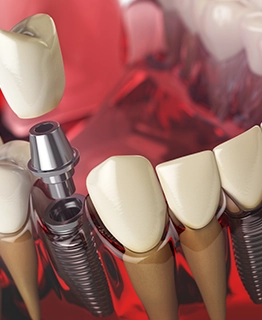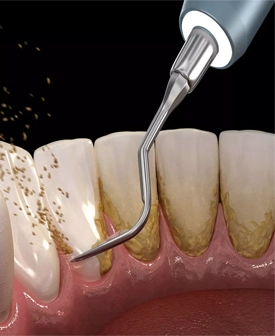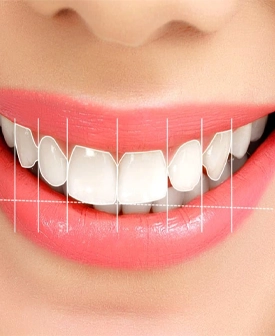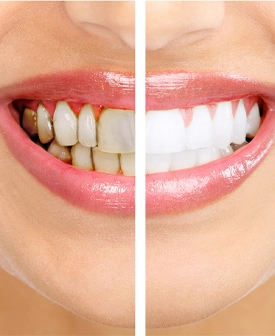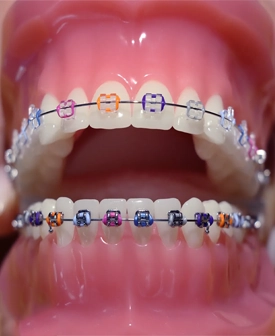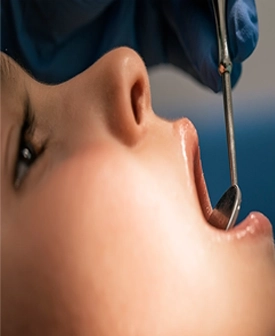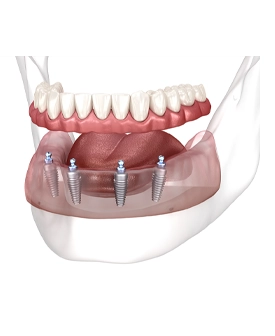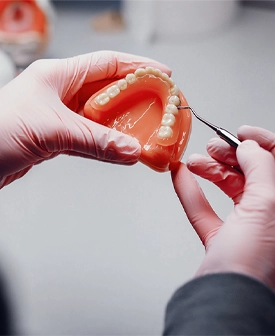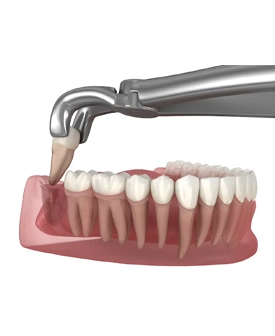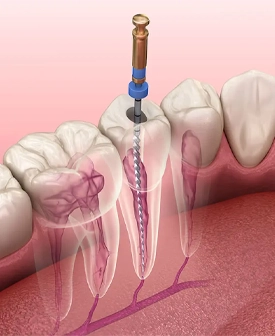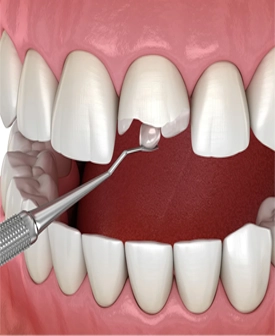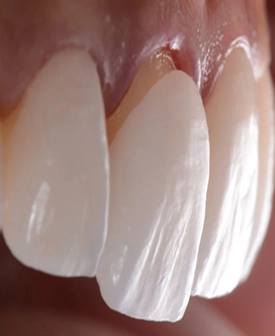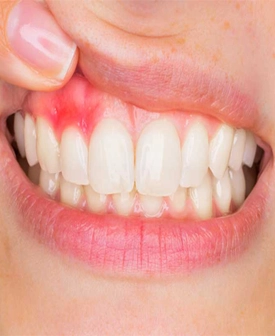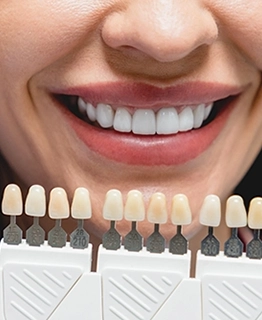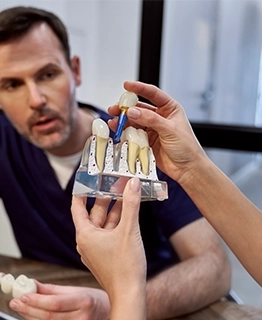Jaw (Orthognathic) Surgery
Jaw Surgery is an advanced specialty field that involves the diagnosis and treatment of complex disorders in the mouth and jaw area. At our clinic, we offer professional solutions for a wide range of conditions, from temporomandibular joint (TMJ) disorders and bone loss to impacted tooth surgeries and jaw fractures. Thanks to our infrastructure equipped with modern technologies and our expert oral surgeons, we provide a safe, comfortable, and effective treatment experience for our patients. Focusing on your health, we aim to achieve both aesthetic and functional results.
Objectives of Orthognathic Surgery:
1. Improving Chewing and Speaking Functions: Disorders in the jaw bones can negatively affect chewing and speaking functions. Orthognathic surgery improves these functions.
2. Relieving Pain and Discomfort: Issues such as temporomandibular joint (TMJ) problems or misalignments in the jaw bones can cause pain and discomfort. These problems are corrected through surgical procedures.
3. Treating Sleep Apnea: Jaw structural issues can lead to sleep apnea. Orthognathic surgery can treat sleep apnea by opening up the airways.
4. Enhancing Facial Aesthetics: Jaw bone irregularities can impact the overall appearance of the face. Surgery helps balance and improve the facial contours for better aesthetics.
Conditions Treated with Orthognathic Surgery:
1. Jaw Asymmetry: An imbalance between the left and right sides of the jaw.
2. Open Bite: A condition where the upper and lower teeth do not meet.
3. Crossbite: The lower teeth overlap the upper teeth, either in the front or the back.
4. Protruding or Retracted Jaw: When the upper or lower jaw is positioned too far forward or backward compared to the normal alignment.
5. Temporomandibular Joint (TMJ) Disorders: Pain, noise, or limited movement in the jaw joint.
6. Congenital Jaw Abnormalities: Conditions such as cleft lip and palate that result in jaw deformities present at birth.
7. Facial Trauma: Fractures or damage to the bones of the face.
Jaw Surgery Treatment Process:
1. Initial Examination and Evaluation
The process begins with a comprehensive clinical examination. The dentist and oral and maxillofacial surgeon together assess the patient's oral structure and jaw position. The severity of any jaw abnormalities is determined. If needed, an orthodontist may be involved in the process for a multi-disciplinary evaluation. The goal is to offer the patient the most appropriate and lasting solution.
2. Imaging and Diagnosis
Advanced imaging techniques are used to examine the jaw and facial bones in detail.
- Panoramic X-rays and Cone Beam Computed Tomography (CBCT) are used to evaluate the bone structure and the relationship between the teeth.
- Digital facial analysis is performed to determine aesthetic proportions.
- If necessary, photographs and video recordings are taken to analyze facial movements. These data form the foundation of the surgical planning.
3. Orthodontic Preparation (6–18 Months)
Before surgery, the teeth must be aligned into an ideal position. This is achieved through orthodontic treatment.
- Braces or clear aligners are applied to the teeth.
- The goal is to ensure that when the jaws are properly aligned during surgery, the teeth close together harmoniously. This process varies by individual but generally takes between 6 to 18 months.
4. Digital Surgical Planning
Once the orthodontic preparation is complete, digital planning for the jaw surgery is performed.
- 3D tomography images and specialized software are used to determine the ideal position of the jaws in a virtual environment.
- Simulations allow the patient to preview changes that will occur to their facial profile after the surgery.
- The surgeon uses this digital data during the procedure to ensure a precise and safe operation.
5. Surgical Intervention
The surgery is performed in a fully equipped hospital under general anesthesia.
- The jawbones are cut as planned, repositioned, and fixed in place using special plates and screws.
- The operation generally lasts between 2 to 4 hours.
- No external incisions are made during the surgery; all procedures are carried out inside the mouth.
6. Hospital Process
After surgery, the patient is generally monitored in the hospital for 1 to 2 days.
- In the initial days, swelling (edema), mild bruising, and pain may be observed in the face and jaw area.
- Nutrition is typically limited to liquid and soft foods during the first week.
- The recovery process is carefully monitored through follow-up doctor visits.
7. Recovery and Follow-up (2–3 Months)
- The recovery process after surgery varies from patient to patient but generally lasts 2 to 3 months.
- During this period, swelling reduces, and the muscles and nerves begin to adapt to the new jaw position.
- The patient is called for regular follow-up appointments. Stitches are removed, plates are evaluated, and the healing process is monitored.
8. Complementary Orthodontic Process
After surgery, orthodontic treatment continues for some time to ensure that the teeth align perfectly.
- The final positions of the teeth are carefully adjusted according to the new jaw structure.
- This corrective orthodontic treatment may take several months.
- Once the treatment is completed, a balanced and lasting functional and aesthetic result is achieved.
Post-Surgical Care Guidelines:
- Pay attention to oral hygiene.
- Prefer soft and liquid foods.
- Follow the doctor's instructions regarding medication and care.
- Avoid smoking and alcohol.
- Do not miss follow-up appointments.
Orthognathic surgery is not just an aesthetic improvement; it is also an important step towards a healthier life. Our expert team is with you every step of the way throughout the process.

